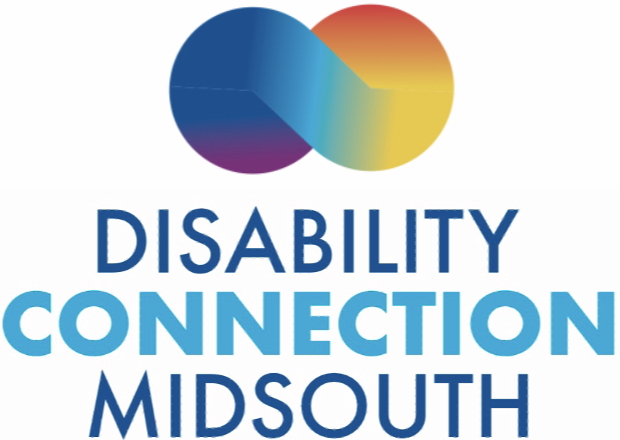By Tim Wheat
The Memphis Center for Independent Living’s federal 704 Report does not have a wide reach outside our federal funders and state network, but it can say a lot about our Center. Following is my analysis of the major areas in the 704 report.
Subpart A deals with Administrative data and is a breakdown of where the money comes from. This reporting year the MCIL overall income is down .06% from the 2014 total. This fall is mostly due to the end of the Urban Institute survey. The donations total is also down, but revenue from other resources is up.
 The Total Income graph shows a .06% fall from 2014 this year. MCIL income grew from 2012 to 2014.
The Total Income graph shows a .06% fall from 2014 this year. MCIL income grew from 2012 to 2014.MCIL will report an overall drop in consumers this year in the federal report. From a high of 394 in 2013 to 360 last year and 309 for this reporting period.
However; over this same period of time, MCIL has shown a steady rise in New Consumers served in the reporting period and a decline in “carry over” consumers from year-to-year.
The decline in “carryover consumers” is a healthy decline. It shows that staff are beginning a Consumer Service Record (CSR) with a consumer and assisting them followed by closing the CSR. Some of our CSRs go back a long way, but the staff is working to only keep open records on people who are actively working on a goal.
 Looking back at the past 704 reports shows that MCIL has progressively improved the number of consumers closed with completed goals.
Looking back at the past 704 reports shows that MCIL has progressively improved the number of consumers closed with completed goals.MCIL is reporting a .05% decline in Information and Referral over the past year and only 209 fewer than 2012. This mild decrease may be a result of updated address list.
 Looking at just this year’s report, the 704 can provide a snapshot MCIL consumers. This year’s report shows a steady increase from our outreach efforts and an increase in the number of people served that do not fall into the major demographics of African American and Caucasian.
Looking at just this year’s report, the 704 can provide a snapshot MCIL consumers. This year’s report shows a steady increase from our outreach efforts and an increase in the number of people served that do not fall into the major demographics of African American and Caucasian. The pie chart shows 76.4% African American; 19.7% Caucasian; 1.3% Hispanic/Latino; 0.32% Asian. The 2012 report showed 98% of MCIL consumers were in the two major demographics, this year African American and Caucasian consumers make up 96% of the consumers.
Likewise, this reporting period shows that MCIL served a variety of people with disabilities. The largest category served was physical disability, 40%. Multiple disabilities includes consumers who state more than one disability and could include any combination of types of disabilities. More than one quarter of MCIL consumers reported multiple disabilities. Vision with nearly 14%, cognitive at 11% and the other categories had less than 10%.
Our 704 report will also show that MCIL serves mostly people who live in Shelby County. Our outreach has been successful, and MCIL will report we serve people with disabilities from De Soto and Marshall Counties in Mississippi; Crittenden County in Arkansas as well as Tipton and Fayette Counties in Tennessee.
Read the Federal MCIL "704" Report





No comments:
Post a Comment